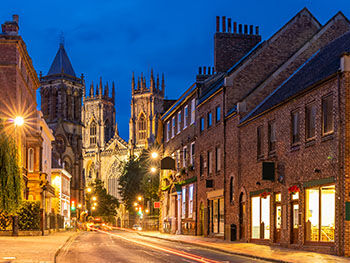Does heritage matter when rebuilding our cities?
 In an age of increasing turmoil and climate change, our environment can often suffer from rapid damage or destruction, but how do town planners and designers make use of heritage to repair and rebuild? And do post-disaster reconstructions serve to preserve heritage or cleanse it?
In an age of increasing turmoil and climate change, our environment can often suffer from rapid damage or destruction, but how do town planners and designers make use of heritage to repair and rebuild? And do post-disaster reconstructions serve to preserve heritage or cleanse it?
These questions are to be explored in a special issue of the influential journal, Sustainability, guest-edited by Professor Peter Larkham of the School of Engineering and the Built Environment and Dr David Adams (University of Birmingham). Professor Larkham is spearheading a call for researchers to dissect the use of heritage in post-disaster reconstructions. Through the theme, the guest editors hope to receive submissions which will inform strategy and guide town planning on a regional and national scale.
Rebuilding history
The special issue seeks to understand and confront the many issues aligned with heritage and reconstruction. After a disaster event, whether man-made or environmental, planners have several decisions to make when it comes to rebuilding and renovation. How much do planners preserve? How much do they improve?
This theme reflects current debate around some of the original buildings to survive Hiroshima. Built in 1913, these two buildings survived the Hiroshima bombing and are due to be demolished in 2022, yet there are calls to preserve these buildings to promote ‘the abolition of nuclear weapons.’
Peter Larkham said:
Open for submissions
If you are a researcher interested in the above themes, find out more on the Sustainability Special Issue page and review the call for submissions.
Professor Larkham is a member of the editorial board for the journal’s ‘Sustainability of culture and heritage’ section and has previously published in the journal with Professor Kathryn Moore and PhD graduate, Dr Anastasia Nikologianni.